Disclosure: This article contains affiliate links. We may earn a commission from purchases at no extra cost to you, which helps our travel content.
As I stand on the Quaibrücke bridge watching the gentle waters of Lake Zurich reflect the surrounding Alps, I'm reminded why this Swiss metropolis has become my regular retreat between consulting projects. Having visited Zurich dozens of times over the past decade—initially to study the healing gardens of local wellness centers and later as a frequent lecturer at sustainable design conferences—I've developed an intimate knowledge of the city's distinct neighborhoods. Each district offers its own unique rhythm, architectural character, and relationship with the surrounding natural landscape. Whether you're seeking the medieval charm of Altstadt, the contemporary energy of Zürich-West, or the tranquil lakeside ambiance of Seefeld, your choice of accommodation will fundamentally shape your experience in this remarkable city where precision, nature, and wellness intersect so beautifully.
Understanding Zurich's Distinct Neighborhoods
Zurich's geography presents a fascinating study in urban planning and natural integration—something that continually inspires my own landscape architecture practice. The city unfolds around the northern tip of Lake Zurich, with the Limmat River bisecting its historic core and creating a natural orientation point for first-time visitors.
Altstadt (Old Town) forms the medieval heart of Zurich, divided into Niederdorf on the eastern bank and the more upscale Lindenhof quarter to the west. The narrow cobblestone streets and guild houses tell stories of centuries past, while offering proximity to major cultural landmarks and the financial district.
Bahnhofstrasse and City Center comprise Zurich's commercial pulse—a meticulously maintained shopping boulevard that transitions from the main train station to the lakefront. The precision of Swiss urban planning is on full display here, with carefully considered sightlines and pedestrian flows.
Zürich-West represents the city's creative renaissance—a former industrial district transformed through thoughtful adaptive reuse into a vibrant cultural hub. The architectural juxtaposition of preserved industrial elements with contemporary interventions offers valuable lessons in sustainable urban regeneration.
Seefeld offers a more contemplative lakeside experience, with its elegant promenade, well-maintained parks, and quieter residential character. The district's relationship with Lake Zurich creates natural healing spaces that align with principles I often incorporate into wellness landscape designs.
Enge balances business functionality with cultural richness, housing both corporate headquarters and the remarkable Museum Rietberg—a treasure trove of non-European art set within a verdant park that I revisit during each stay for inspiration.
Each neighborhood maintains its distinct identity while contributing to the cohesive urban tapestry that makes Zurich such a fascinating study in balanced city design.

💡 Pro Tips
- First-time visitors should prioritize Altstadt or City Center for convenient access to major landmarks
- Business travelers will appreciate Enge or Bahnhofstrasse for proximity to financial institutions
- Creative professionals should explore Zürich-West's innovative spaces and design-forward accommodations
Altstadt: Historic Charm in Zurich's Medieval Core
My first encounter with Zurich's Altstadt occurred fifteen years ago while researching traditional European healing gardens. I was immediately struck by how the medieval urban fabric creates natural moments of compression and release—a design principle I now regularly incorporate into therapeutic landscapes to induce psychological restoration.
The district divides naturally along the Limmat River into Niederdorf (east bank) and Lindenhof (west bank), each offering distinct accommodation experiences. Niederdorf presents a more bohemian character with its winding alleyways, independent boutiques, and vibrant nightlife. The eastern side tends to attract a younger, more energetic clientele seeking cultural immersion.
My preferred area remains the western Lindenhof quarter, where Roman foundations still influence the urban layout. The elevated position offers contemplative views across the river while maintaining a sense of retreat from the tourist flows below—a perfect balance for the business traveler seeking both convenience and reflection.
Widder Hotel stands as my top recommendation in this district. Occupying nine meticulously restored medieval townhouses, the property demonstrates exceptional adaptive reuse principles. The architectural intervention respectfully preserves historic elements while introducing contemporary comforts. Each room presents a unique spatial experience, with carefully considered sightlines and material transitions. During my last stay, I was particularly impressed by their courtyard garden, which incorporates medicinal herbs historically grown in Swiss monastery gardens—a thoughtful nod to traditional healing practices.
For those seeking more accessible price points without sacrificing location, Hotel Helmhaus offers an excellent alternative. Positioned along the eastern riverbank, its rooms feature well-considered proportions and thoughtful material selections. Request a river-facing room to experience how the moving water creates a natural meditative effect—something I often recommend to clients designing wellness retreats.
When selecting Altstadt accommodations, consider the vertical dimension carefully. The medieval buildings often lack elevators, and rooms on upper floors—while offering superior light quality and views—require navigating historic staircases. I recommend traveling with a compact backpack rather than wheeled luggage when staying in this district.
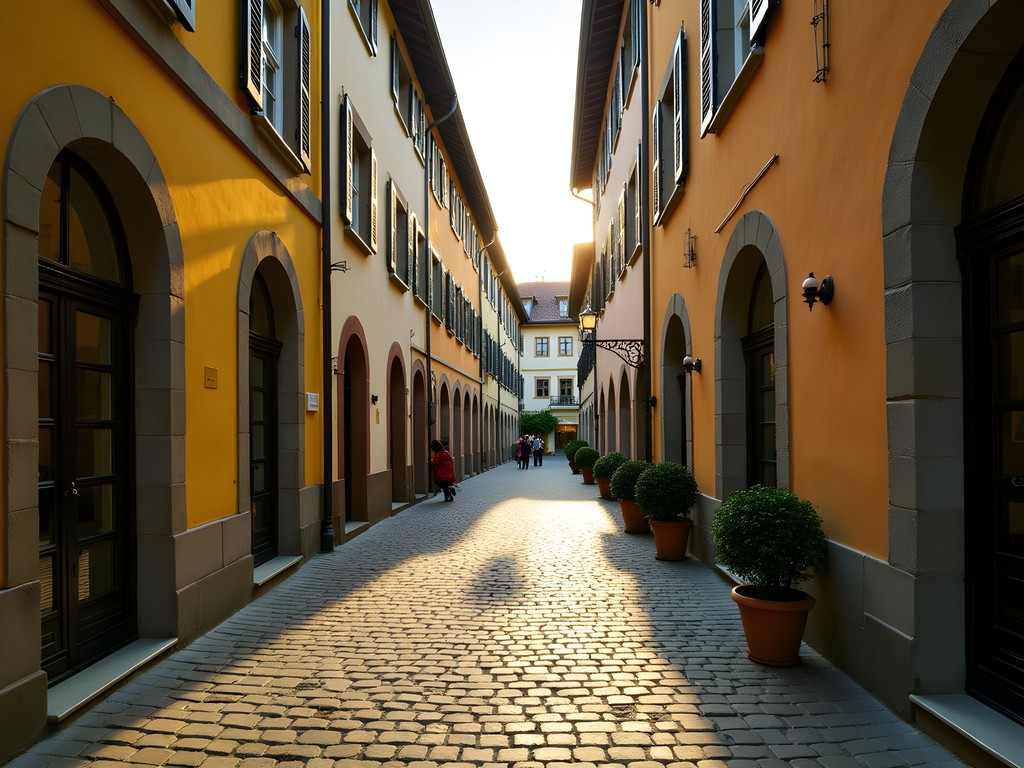
💡 Pro Tips
- Request rooms facing interior courtyards for better sleep quality in this lively district
- West bank accommodations (Lindenhof) generally offer a quieter experience than east bank (Niederdorf)
- Many historic buildings lack air conditioning—consider this when booking summer stays
Bahnhofstrasse & City Center: Luxury at Zurich's Commercial Heart
The Bahnhofstrasse district represents Swiss precision at its finest—a meticulously planned commercial corridor that manages to balance retail luxury with public accessibility. As a landscape architect specializing in therapeutic environments, I've often studied how this district's careful proportions and rhythmic tree plantings create a naturally calming pedestrian experience despite the area's commercial intensity.
This central district offers unparalleled convenience for business travelers. The main train station (Hauptbahnhof) anchors the northern end, providing direct connections to Zurich Airport and major European cities. The southern terminus meets Lake Zurich, creating a natural transition from urban energy to contemplative water views—a masterful example of urban planning that respects human psychological needs.
The accommodations in this district cater primarily to luxury and business travelers, with properties that exemplify Swiss attention to detail and functional elegance. During my consulting visits, I've developed a particular appreciation for Hotel Schweizerhof Zürich, positioned directly across from the main station. Beyond its obvious transit convenience, the property demonstrates exceptional sound engineering—the rooms remain remarkably serene despite the urban location. The rooftop wellness area incorporates principles of biophilic design, with carefully framed views of distant Alpine peaks creating a natural meditative focus.
For those seeking contemporary luxury with historic roots, Hotel Storchen offers an unmatched location along the Limmat River. The property dates to 1357 yet incorporates subtle modern interventions that respect the building's heritage. The riverside terrace provides an exceptional space for informal business discussions, with the flowing water creating natural white noise that ensures conversation privacy—a design element I've since incorporated into several healing garden projects.
Business travelers will appreciate the technological integration throughout these properties, including high-speed connectivity and thoughtfully positioned workspaces that maintain ergonomic principles. I recommend packing a portable monitor if extended work sessions are anticipated during your stay—the expanded digital workspace transforms even standard rooms into functional temporary offices.
While accommodations in this district command premium rates, they deliver exceptional value for business travelers through time efficiency, proximity to financial institutions, and environments conducive to both productivity and restoration.

💡 Pro Tips
- Request rooms on higher floors facing away from Bahnhofstrasse for reduced ambient noise
- Most luxury properties in this district offer complimentary pressing services for business attire—utilize this amenity
- Consider booking hotels with executive lounges for informal meeting spaces outside your room
Zürich-West: Creative Energy in a Regenerated Industrial District
Zürich-West represents one of Europe's most successful industrial district transformations—a case study I regularly reference in my landscape architecture lectures on adaptive reuse. Twenty years ago, this area housed abandoned factories and warehouses. Today, it stands as a testament to thoughtful urban regeneration, where industrial heritage serves as the foundation for contemporary creative expression.
The district's evolution fascinates me professionally, as it demonstrates how preserving structural elements while introducing new functions can create spaces with unique therapeutic qualities. The juxtaposition of raw concrete and steel with carefully placed vegetation creates a distinctive sense of place that resonates particularly with creative professionals and those seeking design inspiration.
Accommodations in Zürich-West tend toward the boutique and design-forward, often incorporating elements from the buildings' industrial past. 25hours Hotel Zürich West exemplifies this approach brilliantly. The property transforms utilitarian industrial spaces into playful, creative environments without sacrificing functionality. Their integration of biophilic elements—including unexpected plantings and natural materials—creates subtle connections to nature that research shows can reduce stress and enhance creativity. The communal spaces are particularly well-conceived, offering numerous settings for both collaborative interaction and private contemplation.
For longer stays, I recommend Zuri by Fassbind, which offers apartment-style accommodations with thoughtfully designed kitchenettes. The property's material palette honors the district's industrial heritage while introducing warmer elements that create a residential feel. Having spent three weeks here while consulting on a wellness retreat design, I appreciated how the flexible spaces adapted to both work requirements and personal restoration needs.
During extended stays in this district, I often take advantage of the excellent Prime Tower observation bar for client meetings—the 360-degree views provide natural conversation starters and creative inspiration. For capturing these panoramic vistas, I rely on my compact camera, which delivers professional-quality images without the bulk of larger equipment.
Zürich-West accommodations generally offer better value than Altstadt or Bahnhofstrasse properties while providing more distinctive design experiences. The district continues to evolve, with new properties regularly opening as the area's regeneration progresses.
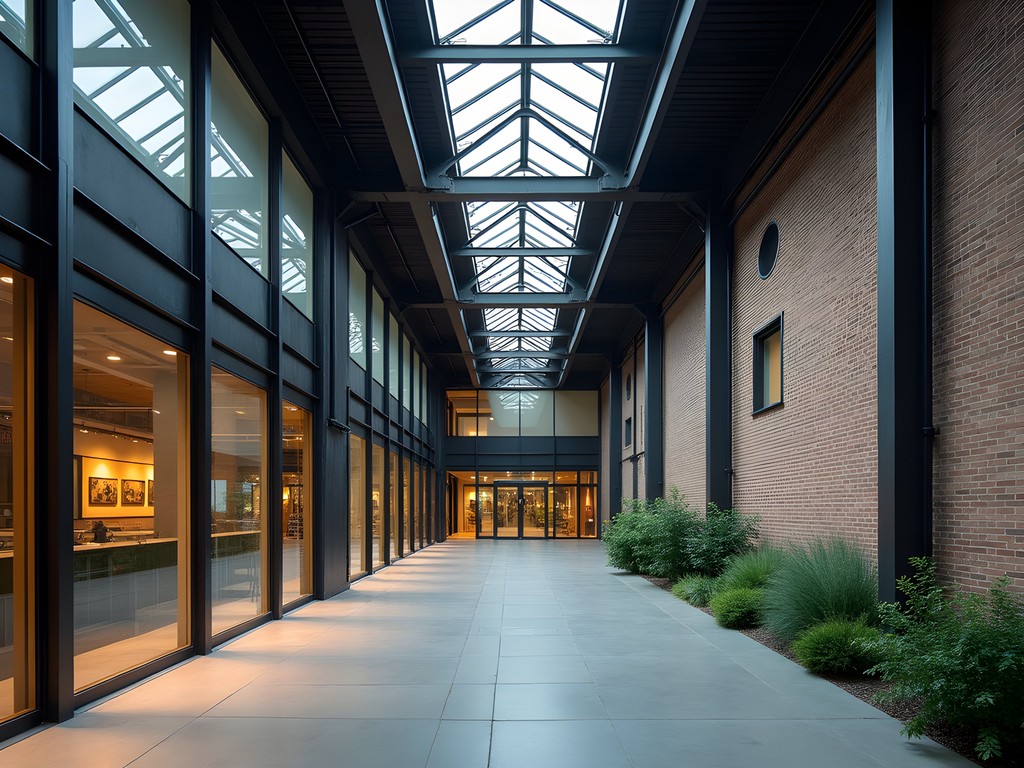
💡 Pro Tips
- Request rooms facing interior courtyards rather than Hardbrücke for better sleep quality
- Most properties in this district offer bicycle rentals—an excellent way to explore the area's adaptive reuse projects
- Consider accommodations with kitchenettes for longer stays, as the district offers excellent specialty food shops
Seefeld & Lakefront: Tranquil Elegance with Therapeutic Water Views
The Seefeld district holds particular significance in my professional journey. It was here, along Lake Zurich's eastern shore, that I first encountered the Swiss approach to waterfront landscape design—an approach that would later influence my work creating therapeutic environments for wellness retreats worldwide. The district exemplifies how thoughtful integration of built and natural elements can create spaces with inherent restorative qualities.
Seefeld's character is defined by its relationship with water. The district stretches along Lake Zurich's eastern shore, with the promenade serving as a brilliantly executed transition zone between urban fabric and natural landscape. The careful placement of seating elements, the rhythmic tree plantings, and the considered viewsheds demonstrate landscape architecture at its finest—creating spaces that naturally induce contemplation and psychological restoration.
Accommodations in this district tend toward refined elegance rather than ostentatious luxury. La Réserve Eden au Lac represents the pinnacle of lakefront hospitality, occupying a restored Belle Époque building with interiors reimagined by Philippe Starck. What impresses me most about this property is how the design frames and celebrates views of the lake and distant Alps—creating natural focal points that research shows can reduce stress hormones and enhance mental clarity. The rooftop bar offers one of Zurich's most therapeutic sunset experiences, as the changing light on water creates naturally meditative patterns.
For those seeking a more intimate experience, Hotel Seehof provides excellently proportioned rooms with thoughtful material selections. The property's modest scale creates a residential feel while maintaining professional service standards appropriate for business travelers. Their breakfast room particularly impresses me with its careful orientation toward morning light—a design element that naturally regulates circadian rhythms and enhances morning alertness.
During my stays in Seefeld, I often begin mornings with contemplative walks along the lakefront promenade. For these excursions, I rely on my travel binoculars to observe water birds and study the relationship between built interventions and natural systems along the shoreline—observations that often influence my own landscape designs.
While Seefeld accommodations command premium rates for their lake proximity, they offer exceptional value through their naturally therapeutic environments—something increasingly valued by business travelers seeking both productivity and restoration during their stays.
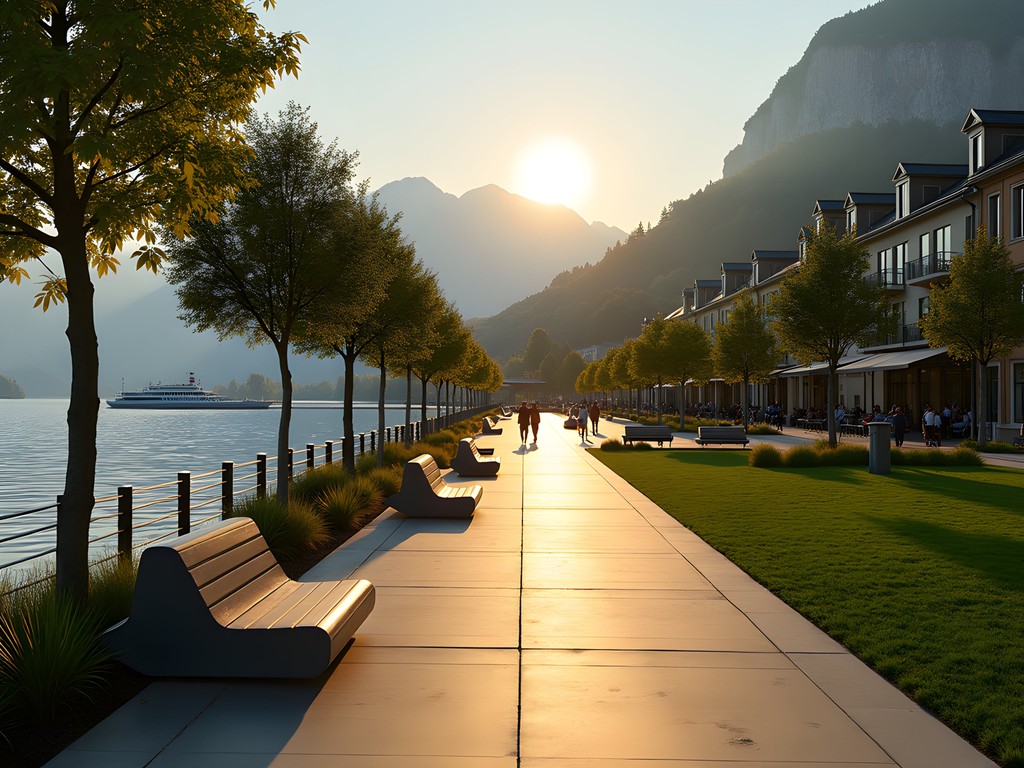
💡 Pro Tips
- Request lake-facing rooms for optimal therapeutic benefit—the investment in view quality pays dividends in sleep quality and mental clarity
- Morning fog frequently creates remarkable atmospheric conditions over the lake—request early wake-up calls during autumn stays
- Consider accommodations with balconies or terraces to maximize exposure to fresh air and natural light
Enge: Business Functionality with Cultural Richness
The Enge district has become my preferred location during consulting visits to Zurich's financial institutions. This western neighborhood achieves a remarkable balance between business functionality and cultural richness—a combination that supports both professional productivity and personal restoration during business travel.
Enge's dual nature reveals itself through thoughtful urban planning. The district houses numerous corporate headquarters and financial institutions within elegant buildings that demonstrate Swiss architectural restraint. Yet interspersed among these business centers are cultural treasures like the Museum Rietberg, set within the verdant Park-Villa Rieter—a landscape that I've studied extensively for its masterful integration of formal garden elements with more naturalistic plantings.
Accommodations in Enge reflect this balanced character, offering business functionality without sacrificing aesthetic consideration. Park Hyatt Zurich exemplifies this approach through its contemporary architecture that respects human scale despite its institutional program. The property's thoughtful incorporation of art installations throughout public spaces demonstrates how cultural elements can transform transitional areas into moments of contemplation—a principle I often incorporate into landscape designs for wellness retreats.
For those seeking a more intimate experience, Engimatt City & Garden Hotel offers an excellent alternative. The property's garden setting creates natural buffer zones from urban energy—something I particularly value during intensive work periods. Their breakfast terrace demonstrates skillful microclimate design, creating comfortable outdoor dining conditions through careful consideration of sun exposure, air movement, and acoustic buffering.
The district's proximity to Bahnhofstrasse provides convenient access to Zurich's commercial center while maintaining a sense of retreat—a balance that supports sustainable business travel practices. During extended stays, I appreciate being able to transition efficiently between client meetings and restorative experiences like visiting the Rieterpark.
For business travelers planning extensive document work, I recommend packing a portable document scanner. This compact device has proven invaluable during my consulting visits, allowing me to digitize client materials without relying on hotel business centers.
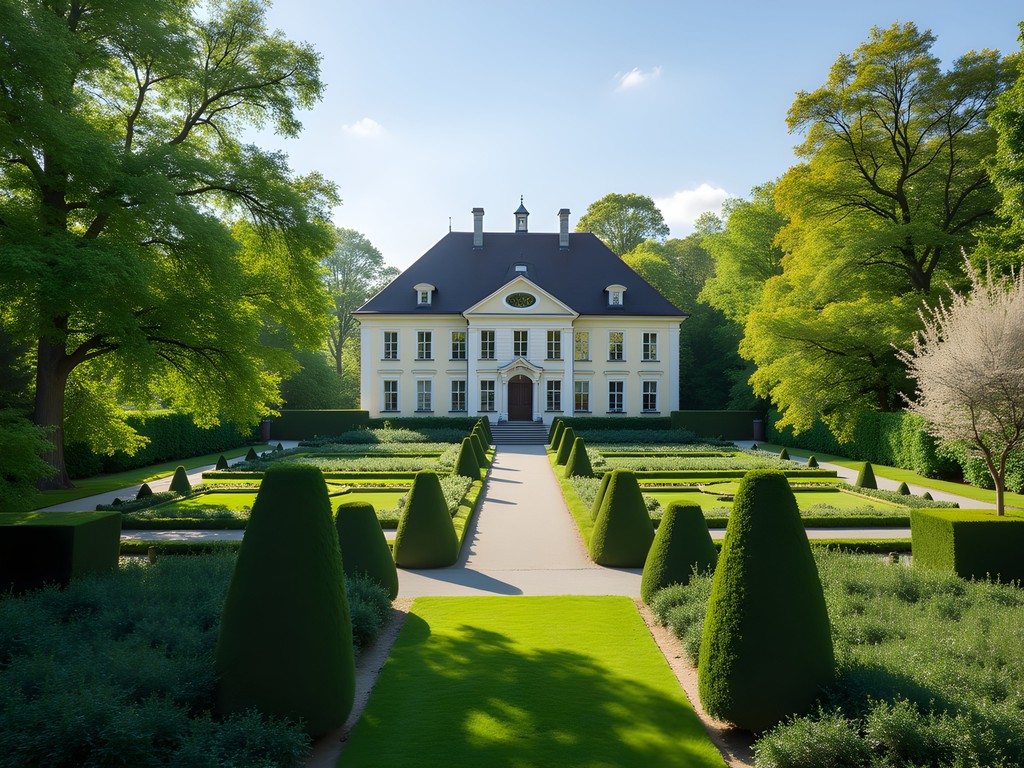
💡 Pro Tips
- Request rooms facing Rieterpark for views of mature trees and seasonal color changes
- Most properties in this district cater to business travelers with excellent in-room work setups—specify technology needs when booking
- Consider accommodations within walking distance of Enge station for convenient connections to the airport and main station
Budget-Friendly Options: Quality Accommodations Without Compromise
While Zurich maintains a reputation as one of Europe's more expensive destinations, my frequent visits have revealed numerous quality accommodations that offer excellent value without compromising essential comforts. These properties may lack the prestige addresses of luxury establishments but compensate through thoughtful design, efficient operations, and often more authentic local experiences.
The area surrounding Zurich Hauptbahnhof (main station) offers several well-executed mid-range properties that leverage their transit-adjacent locations to deliver exceptional convenience. 25hours Hotel Langstrasse particularly impresses me with its creative approach to compact room design. The property demonstrates how thoughtful space planning and material selection can create rooms that feel generous despite modest dimensions—a principle I often reference when designing small therapeutic gardens for urban healthcare facilities.
For those willing to consider properties slightly removed from the center, Hotel Krone Unterstrass offers excellent value through its location in a more residential neighborhood. The property occupies a historic building that has been sensitively updated to incorporate contemporary comforts while preserving architectural character. Their breakfast service particularly impresses me by featuring locally sourced products that connect guests with regional agricultural traditions.
Budget-conscious business travelers should consider easyHotel Zürich City Centre, which applies principles of efficiency from transportation design to hospitality. The property reduces spatial redundancies while maintaining essential comforts—an approach that parallels how I often design therapeutic landscapes with resource efficiency in mind. While rooms are compact, they incorporate ergonomic considerations that support both rest and focused work.
When booking budget accommodations in Zurich, transportation connectivity becomes particularly important. I recommend selecting properties within 300 meters of tram stops to maximize mobility efficiency. For navigating the excellent public transportation system, I rely on my travel wallet to keep transit passes, identification, and payment cards organized and accessible.
While luxury properties offer more comprehensive services, these mid-range accommodations often deliver more authentic local experiences through their neighborhood integration and staff who frequently provide more personalized recommendations beyond standard tourist circuits.
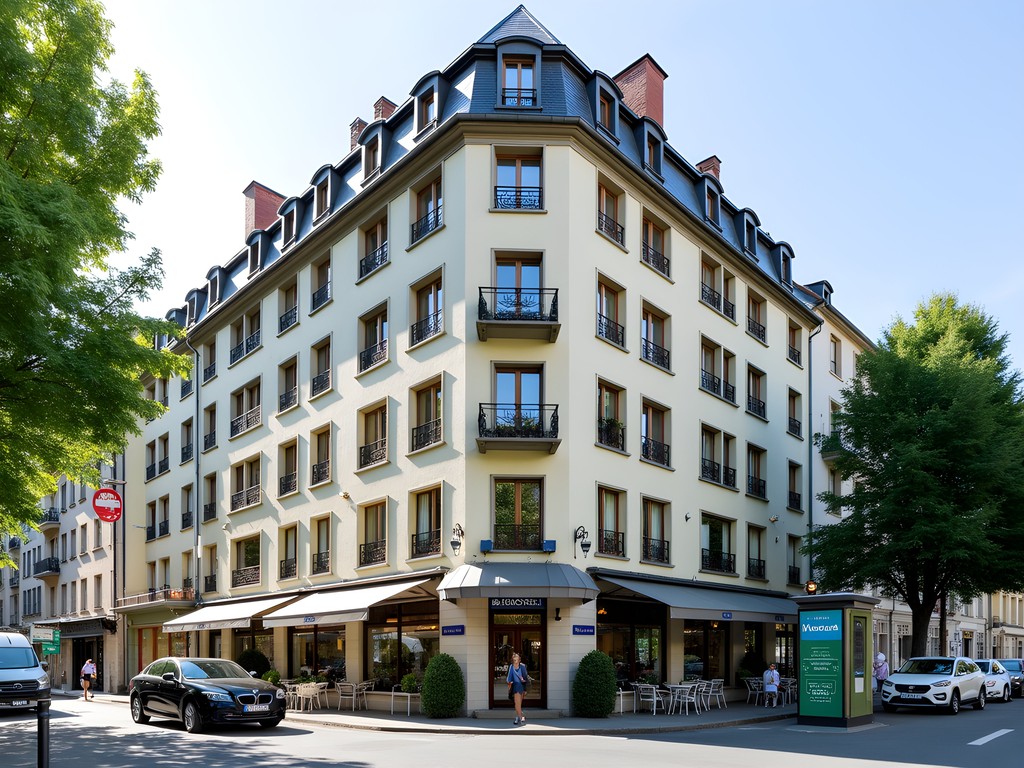
💡 Pro Tips
- Consider properties in Wiedikon or Oerlikon neighborhoods for excellent value with easy transit connections to the center
- Many budget properties offer surprisingly excellent breakfast services—prioritize rate plans that include morning meals
- Request rooms on upper floors for better natural light and potential views, particularly in more densely developed areas
Final Thoughts
Selecting the right accommodation in Zurich extends beyond mere logistics—it fundamentally shapes how you experience this remarkable city where precision engineering meets natural beauty. Whether you choose the medieval charm of Altstadt, the commercial energy of Bahnhofstrasse, the creative pulse of Zürich-West, the tranquil elegance of Seefeld, or the balanced character of Enge, each neighborhood offers distinct advantages for different traveler profiles. As someone who has witnessed how thoughtfully designed environments can impact wellbeing, I encourage you to consider not just convenience factors but also the restorative qualities of your chosen location. Zurich offers rare opportunities to experience world-class urban amenities while maintaining connections to therapeutic natural elements—the lake, the river, the distant Alps. This balance creates an environment conducive to both productivity and restoration—something increasingly valuable in our hyper-connected world. I hope this guide helps you find accommodations that support your specific needs while opening doors to Zurich's remarkable fusion of precision, nature, and wellness.
✨ Key Takeaways
- Choose Altstadt for historic immersion and cultural proximity
- Select Bahnhofstrasse/City Center for business convenience and transit connections
- Consider Zürich-West for creative energy and design-forward experiences
- Opt for Seefeld for therapeutic water views and elegant tranquility
- Pick Enge for balanced business functionality and cultural enrichment
📋 Practical Information
Best Time to Visit
year-round with seasonal variations; June-August for lakeside activities, December for Christmas markets
Budget Estimate
$250-1200 per night depending on district and property category
Recommended Duration
3-5 nights for business trips; 5-7 nights for combined business/leisure
Difficulty Level
Easy With Excellent Public Transportation And Widespread English Proficiency
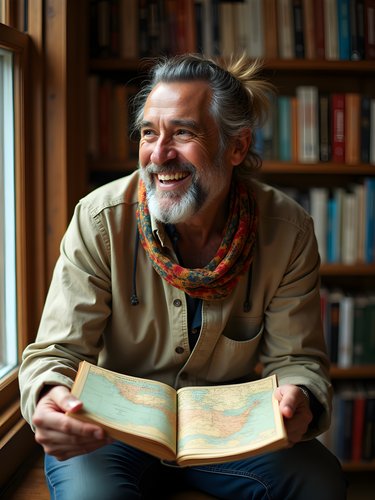











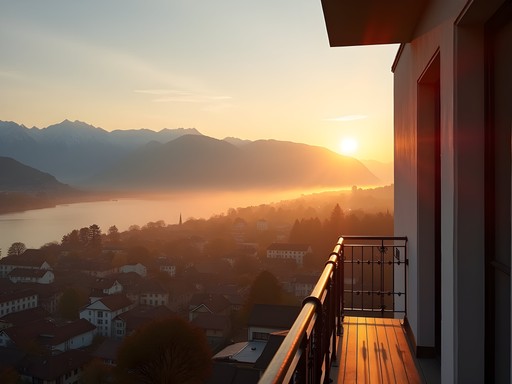
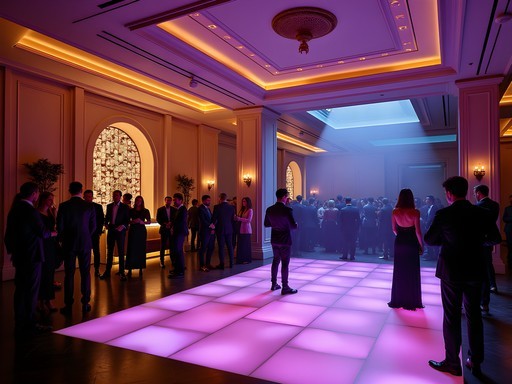
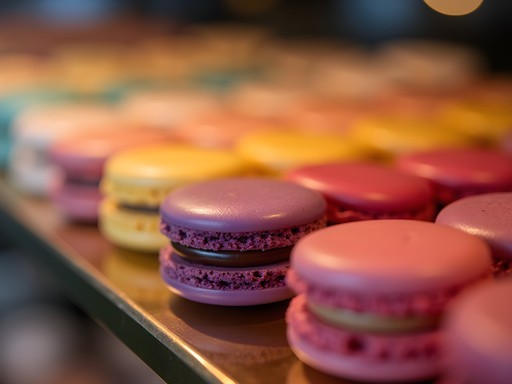
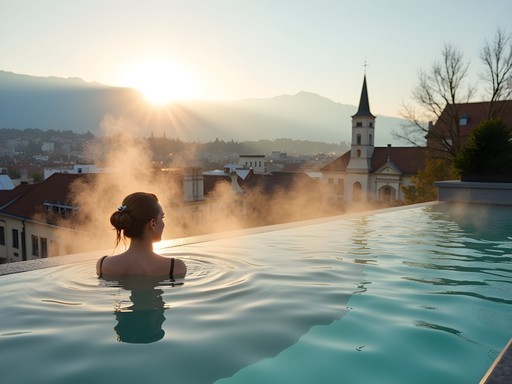
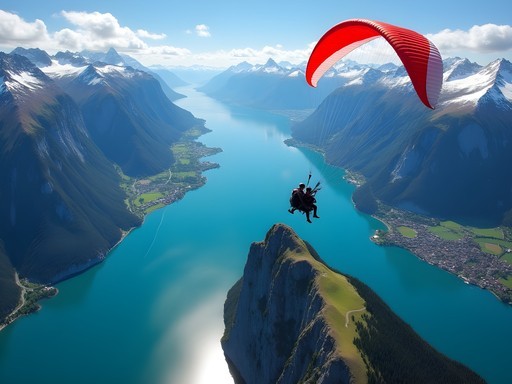
Comments
islandseeker
Love your photos of Lake Zurich! Can't wait to visit next spring. Bookmarking this guide!
coolguide4772
This is perfect timing! I'm planning a trip to Zurich in November and wasn't sure where to stay. For a first-timer who wants to be central but doesn't have a luxury budget, would you recommend City Center or trying to find a deal in Altstadt? I've been checking hotel prices and getting a bit overwhelmed with the options.
Taylor Moreau
For your situation, I'd recommend looking at the edges of Altstadt or the area just north of the main train station. You get the central location without the premium price of being right on Bahnhofstrasse. Hotel Montana or Hotel Leoneck might be good options to check out!
coolguide4772
Thanks so much! I'll check those out. Super helpful!
Frank Garcia
Great guide, Taylor! As a backpacker who's visited Zurich three times now, I'd add that Zürich-West is definitely the go-to for budget travelers. The vibe is much more relaxed, and I found some decent hostels there last summer. The industrial-chic aesthetic makes for great Instagram shots too. One tip for anyone staying there: grab the 72-hour transport pass and make use of the trams - they're super efficient for getting into the center. I spent my evenings at Frau Gerolds Garten which has amazing street food options that won't destroy your budget like the Old Town restaurants might!
coolguide4772
Thanks for the Frau Gerolds Garten tip! Adding it to my list for next month's trip. Any other budget-friendly food spots you'd recommend?
Frank Garcia
@coolguide4772 Definitely check out Markthalle in the Viadukt - good variety of food stalls with reasonable prices (for Zurich lol). Also, the Coop supermarkets have decent pre-made sandwiches if you're really pinching pennies!
happybuddy1110
Thanks for this breakdown of Zurich's neighborhoods! I stayed in Altstadt last year and absolutely loved the charm of those winding cobblestone streets. Waking up and grabbing coffee at those little cafes was magical. We splurged on a boutique hotel, but it was worth every franc for the location. Definitely agree that first-timers should consider staying there despite the higher prices. The convenience of walking to most attractions saved us on transportation costs anyway!
Taylor Moreau
So glad you enjoyed Altstadt! You're absolutely right about the savings on transportation - being central really does offset some of the accommodation costs.
islandseeker
Which hotel did you stay at? Looking for recommendations!
happybuddy1110
@islandseeker We stayed at Marktgasse Hotel. Not cheap but fantastic location and beautiful rooms!
Kimberly Murphy
Brilliant neighborhood breakdown, Taylor! I've stayed in almost all these areas over my many visits to Zurich. One hidden gem I'd add is the Enge area - it's quieter but still central with gorgeous lake views and easy tram connections. Perfect for families or those who want a more relaxed pace. The morning jog along the lake promenade is absolutely stunning with the Alps in the distance! For those worried about Zurich prices (and they ARE steep!), I found the small B&Bs in Wiedikon to offer good value while still being just a quick tram ride from everything. Can't wait to return and check out some of your hotel recommendations I haven't tried yet!
globehero
Great breakdown of neighborhoods! I'm torn between staying in Altstadt for the charm or Zürich-West for the cool factor. We're a couple in our 30s who love good food and architecture but don't need wild nightlife. Any thoughts on which would suit us better? Also, is the Zurich Card worth it for 3 days?
Taylor Moreau
For architecture lovers, I'd actually recommend splitting your stay! Start with 1-2 nights in Altstadt to soak in the medieval charm and then move to Zürich-West to experience the contrast of industrial-turned-modern. And yes, the Zurich Card is definitely worth it for 3 days - the transportation savings alone make it worthwhile, plus museum discounts. I used my Zurich city guide to plan efficient routes between neighborhoods!
wildace1827
Just booked my stay at Marktgasse Hotel after reading this!!! Can't wait to explore Altstadt and all those cute little streets. Anyone have recommendations for best coffee shops in the old town area?
Kimberly Murphy
You'll love Marktgasse! For coffee, don't miss Café Schober (also called Conditorei Péclard) - historic place with amazing hot chocolate and pastries. Also try Café Henrici for more modern vibes and great espresso!
explorelegend
We stayed near Bahnhofstrasse last winter and while it was pricey, the location was unbeatable! Could walk everywhere and the Christmas markets were just steps away. Used the tram system a few times which was super efficient. If you're going during Christmas season, definitely worth the splurge to be central!
wildace1827
How were the Christmas markets? Worth visiting in December?
explorelegend
Absolutely magical! Not as big as some German markets but very charming and the hot chocolate is to die for. Just bring a warm coat - it gets chilly by the lake!
oceanlegend447
Love the photos! Zurich looks so clean!
Bryce Diaz
I stayed in Zürich-West last summer during my solo Euro trip and it was the perfect choice. The contrast between the old industrial buildings and new modern architecture is fascinating. Spent my mornings at small cafés working on my laptop, then exploring the Viadukt shops in the afternoon. The Prime Tower area at sunset is magical! If you're a solo traveler who likes a bit of local culture mixed with convenience, this neighborhood hits the sweet spot. Great recommendations, Taylor!
Venture X
Premium card with 2X miles, $300 travel credit, Priority Pass